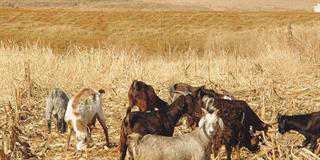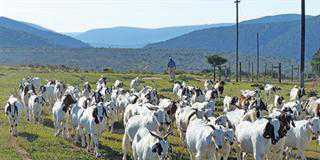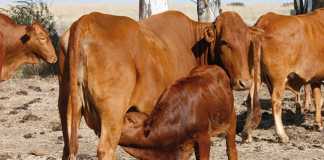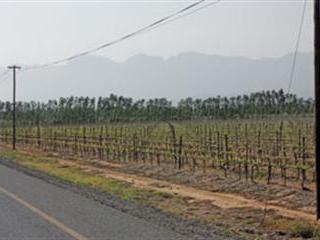
Large birds are often killed in collisions with overhead electricity cables and telephone wires, because they see them too late. Fences, reservoirs, drinking troughs and concrete canals can also cause animal deaths if they haven’t been designed in a wildlife-friendly fashion. Small objects found in rubbish dumps, such as tin cans, plastic bags or string, can cause problems for animals when they become trapped in, or entangled with, these items.
Mitigation
If overhead cables cross your lands, check under them from time to time, and record carcass numbers and species. The same applies to victims of electrocution at pylons and transformers. This information should be passed on to the relevant authorities. Through its partnership with the Endangered Wildlife Trust (EWT), Eskom has shown willingness to make its cables safer for birds by attaching markers.
Fences and reservoirs can be made safe by means of simple and inexpensive modifications. Pieces of silver-painted wood or metal attached at intervals will make a fence more visible to large birds and antelope and prevent collisions which often result in death. Fences that do not present an obstruction at ground level are good for the movement of small animals, such as tortoises. It is preferable not to electrify low level wires which can cause electrocution.
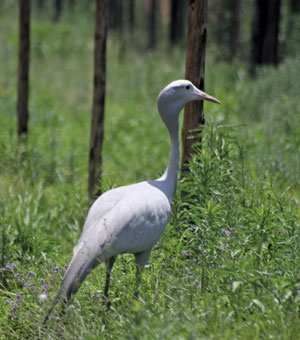
Conservation of the blue crane, South Africa’s national bird, lies in the hands of farmers who play a vital role in the survival of the species.
A few bricks or stones
in a drinking trough will allow crane chicks and other small animals to clamber out without drowning. A good idea is to attach a log, pole, branch or ladder to the side of a reservoir. Blue crane flocks sometimes congregate at sheep feedlots and may consume significant amounts of feed. Farmers who are concerned about this or about damage to germinating crops should experiment with methods such as flapping chevron tape to scare birds away from those specific areas, without causing them harm. Keep rubbish limited to one small, dry area on the farm, and preferably bury it.
Benefits to farmers
Dead animals can pollute water and cause disease. Preventing animal deaths reduces the need to empty and clean fouled reservoirs. Bird collisions and electrocutions on power lines can cause power failures. It’s obviously in the farmer’s interests to prevent this. Structures which cause problems for wildlife are likely to cause problems for domestic stock, so there are direct benefits to the farmer in protecting wildlife.
Source: Farming for the Future: Farming Sustainably with Nature, by J Harrison and D Young 2010; Animal Demography Unit, University of Cape Town. For more information, contact the South African Crane Conservation Programme on 011 486 1102, or [email protected] or visit ewt.org.za.











